We are moving away from nature … This fact is difficult to dispute: most of the inhabitants of megacities rarely leave the stone jungle. However, enthusiasts who believe that a person should live in harmony with the outside world, spending maximum time in nature, are not translated. And many do not even think about such high matters: they collect everything they need for fishing and go to the pond. Someone travels in splendid isolation, someone – in the company of like-minded people, a few hours are enough for one, another goes to weekly sessions – we are all different. But we are all united by the world’s best hobby!
Fishing is more than a hobby, it is a way of life. A modern person does not need to get food, sitting for hours on the shore with a fishing rod in hand or tirelessly throwing a spinning rod – you can buy fish in the store. But is that really the point? Try fishing at least once, and you will comprehend this cosmic zen, you will understand that no pleasure can be compared with the adrenaline rush that accelerates the blood while playing a solid specimen. In a word, we invite you to join the multi-million dollar army of fishermen and tell you what you need to join our slender ranks.
Here is an overview of the content of this tutorial, feel free to jump to any section you care about:
For more fishing instructions, take a look at these popular Trizily links: Best Spinning Reels, Best Baitcasting Reels.
Popular open water fishing methods
First you need to decide on the type of fishing and choose the appropriate tackle. There are no universal recommendations here: each of us has our own temperament, preferences, financial capabilities. To begin with, we recommend that you familiarize yourself with our publications telling about various methods of fishing, watch a thematic video (fortunately, there are thousands of fishing videos posted on the Internet), soberly assess your physical condition and financial capabilities.
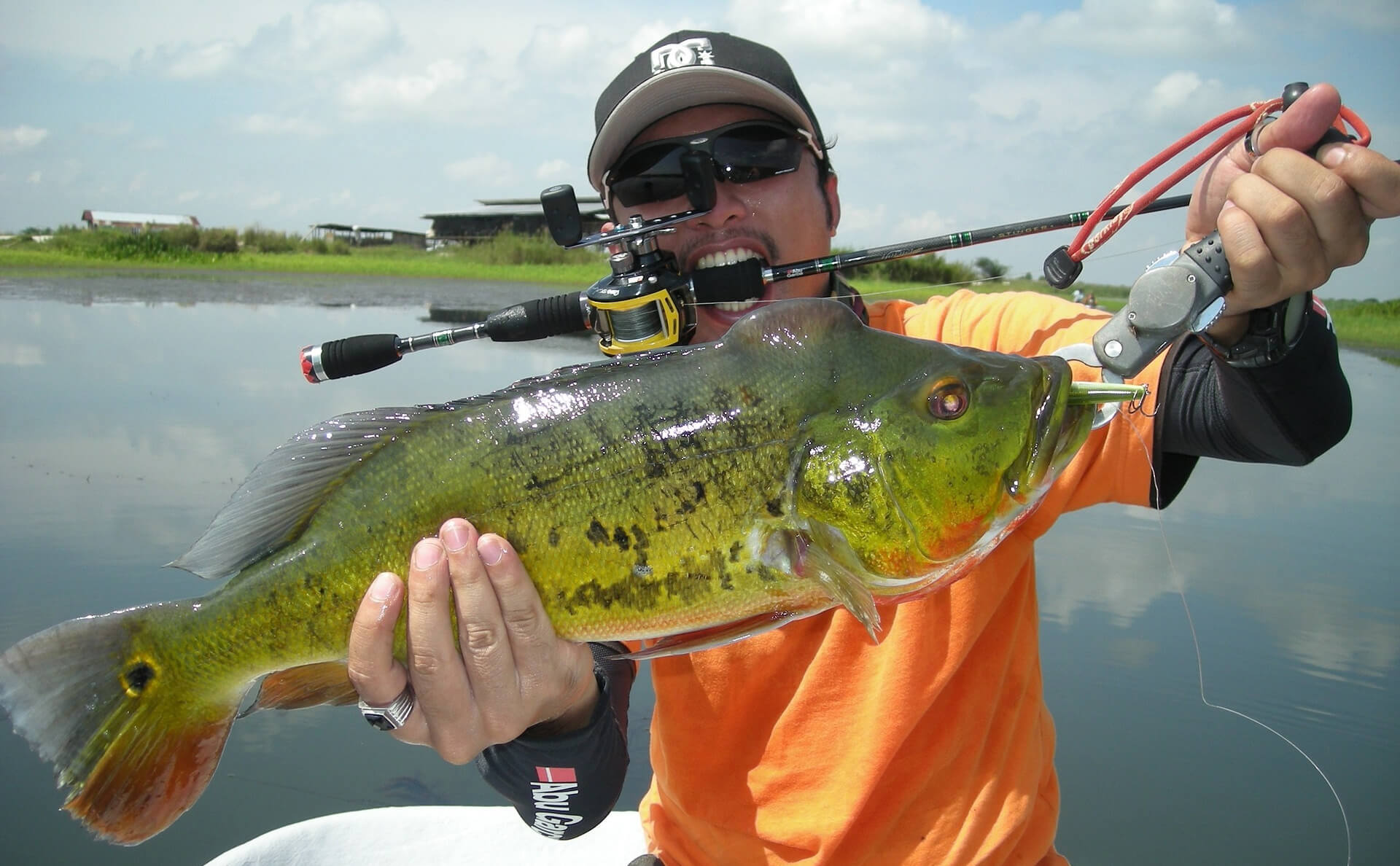
Among the main methods of fishing and the corresponding gear, the most popular are worth noting:
- Float rod . A classic of the genre that has spawned a lot of alternative ways of fishing. The most democratic and widespread option, implemented both from the shore and from a boat. The golden mean: enough activity so as not to get bored, but not excessive physical exertion.
- Bottom rod . It is available both with and without a rod, often with a shock absorber. Very calm fishing, usually involving self-chopping of large specimens.
- Feeder . Another tackle for bottom fishing. As a rule, it is more high-tech and expensive than the carp rod. Requires more frequent resets.
- Spinning . Active rod tackle for predator prey. Constant casts alternate with a variety of leads , during which artificial lures are animated.
- Fly fishing . An aristocratic way of downstream fishing and the appropriate rod tackle. Fly fishing is very difficult technically, therefore it is recommended to master it with the assistance of an experienced mentor.
- Rigging rod . Short rod for boat fishing. It can also carry a float rig, but it is more often used for vertical fishing with a summer balancer or jig.
- Drift and trolling . Both methods involve the use of a floating craft (the first is non-motorized, the second is motorized). A very solid catch, several tens of kilograms, always serves as a reference point, therefore trolling is often associated with seas-oceans, in extreme cases – with very extensive freshwater reservoirs.
- Rowless tackle . This vast group includes girders in all manifestations (including circles), as well as unprofessional carp rods. All nets are poaching, that is, they are prohibited in recreational fishing.
Each of the above options has a lot of adherents in all corners of the world. They differ significantly in the degree of dynamism: from the almost complete passivity of the bottom rod to constant casts and postings in the spinning rod. So you don’t need to discount your own physical condition and preferences: active “hunting” will take much more energy than “gatherings” with bottom rods.
Some methods are overtly aristocratic: for example, mastering fly fishing requires a lot of time and effort, but the angler experiences incomparable pleasure from an intense and skillfully constructed hunting for a noble trophy. In a word, everything is for true aesthetes!
When choosing a fishing method, you need to take into account the size of possible financial investments: investments in a feeder and fly fishing will be very significant for your budget. However, any investment in a hobby always pays off gratefully: we live once, we need to try to get the most out of the process. Moreover, unlike many other “hobbies”, this is exclusively beneficial to health.
Float rod
The float rig is the most suitable for a beginner: it is easy to assemble and learn. Another advantage is relative financial affordability: at first it is definitely not worth falling into irrepressible waste, acquiring everything from the point of view of “the more expensive, the better”.
We recommend that you begin to comprehend fishing gene precisely with the float classics : the number of its adherents around the world is measured in many millions. There are no contraindications to it: even gentlemen of a very respectable age “over 80” and beautiful ladies are happy to spend time doing this. This is the perfect choice for a relaxing family vacation in nature, everyone can afford, skills and finances.
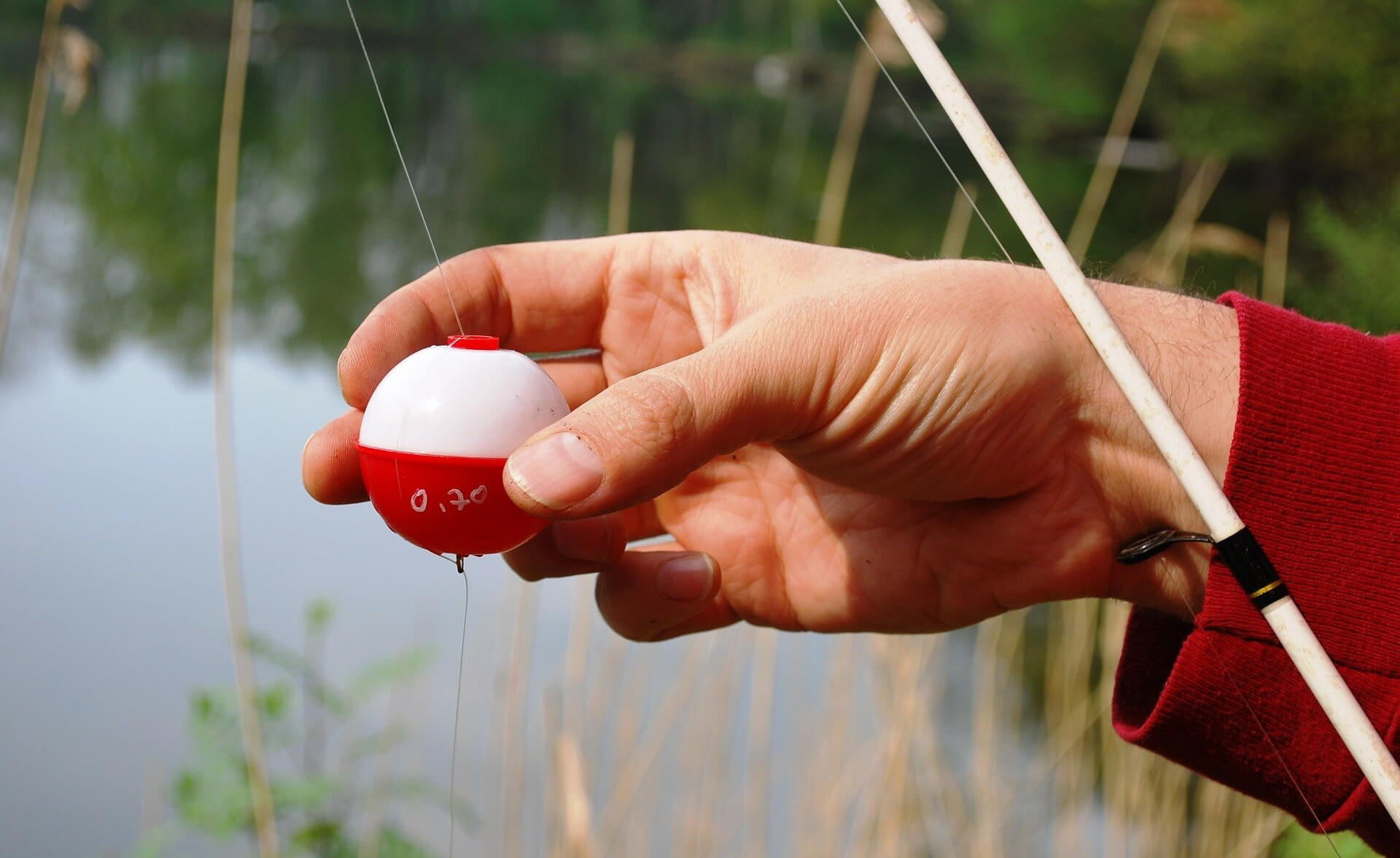
For the first fishing trip, it is worth taking only one rod, but later their number can be increased to two or three per person. In order to bring it to “combat readiness”, you will need:
- Rod (stick, blank) . There are telescopic and plug-in forms. The former are more preferable for beginners, since the “telescope” is easier to put on alert and prepare for transportation. Bamboo fishing rods are practically a thing of the past: they were replaced by blanks made of artificial polymers. If you have the financial resources, it is better to purchase a “stick” made of carbon fiber (carbon): it is objectively more reliable, lighter and stronger than a cheap fiberglass. It’s not worth chasing a long length: the longer the form, the more difficult it is to handle. Its type also depends on the intended equipment (bologna, swing, match). At the start, a universal hybrid of a flywheel and a telescopic fishing rod is acceptable: with rings and a lightweight reel.
- Reel . In principle, the simplest swing rod does not provide for a reel: the line is attached to the tip of the rod through a connector. But this is not very convenient, since it allows you to vary the distance and depth within very limited limits. In classic float fishing, the reel plays the role of storage for the fishing line, so it is quite possible to do with the simplest inertial model of small capacity without any “bells and whistles”. But the match rig involves the use of a spinning reel with a sufficiently large spool (at least 2000-3000), because it is focused on fishing in remote areas.
- Fishing line . The simplest and most common option is a monofilament thread. This is the usual nylon line. It is the most inexpensive of all the options available. The diameter is selected depending on the weight of the intended production. Sometimes a thicker monofilament (about 0.2 mm in diameter) is used as the main line, and a thinner thread is taken under the leash, about 0.12 mm – this makes the rig less noticeable, however, reducing its tensile strength. The color is not too fundamental, but it is better to match it to the shade of the water.
- Bite alarm . In this case, this is the expected float. There are many variations of floating alarms, differing in mass, shape, antenna length, and so on. To begin with, it is best to take a medium-sized, classic-shaped version with a not too long antenna.
- Sinkers . Each float has a certain carrying capacity, which is selected depending on the weight of the bait. However, when fishing with lures of small mass, for example, wheat, barley or bloodworms, their own weight is usually neglected and the rig is loaded with a sinker. In short, the weight of the sinker is determined by the carrying capacity of the float.
- Hook . The size of the hook is selected in accordance with the size of the intended prey. And here again the size of the intended prey is taken into account, as well as the characteristics of the bait. For baits of animal origin, it is better to use hooks with a long shank, for vegetable ones – with a standard one. For universalization, it is better to dwell on high-quality hooks No. 3-6 according to the domestic classification. It is better to take options with “barbs” that prevent fish from coming off, paying special attention to the quality of their sharpening.
In addition, you will need auxiliary fishing equipment and appropriate equipment, but we will talk about this a little later.
Bottom rod
The simplest version of a bottom rod is a zakidushka and its direct descendant – “elastic”. We will talk about them in the corresponding section, and now we will consider a bottom rod with a spinning rod: in modern conditions, this is a more common variation, since it allows an aimed casting from the shore at a long distance.
- Rod . For bottom fishing, you need to choose a quality rod, not necessarily expensive, but you should not go into total savings either. However, it should be borne in mind that the donkey rig is in most cases quite heavy, so you need to take a strong blank with a high dough – no less than a medium-heavy class. Since the tackle is designed for self-chopping, it is quite possible to take a rigid “slow” rod.
- Reel . Most modern bottom rods are equipped with 2000-4000 spinning reels according to the Shimano classification. The presence and correct setting of the friction clutch is essential : very solid specimens are taken from the bottom, which create problems when playing . When fishing at not too significant distances (up to 50 meters), you can do with a good inertial reel without compromising your own comfort and quality of fishing.
- Fishing line . Thick monofilament with a diameter of 0.2-0.4 is quite acceptable – it is cheaper, and its extensibility when installed on a self-contained tackle is uncritical even at long distances. However, the larger the diameter, the higher the windage, which complicates long casts and increases the “drift” by the current. Therefore, some anglers prefer to incur additional costs, but install a braided line that is half the diameter.
- Sinker . The sinker provides maximum immobility of the bait relative to the bottom, therefore it is selected depending on the intensity of the current. But it should be borne in mind that in most cases, rather heavy feeds are used, which sufficiently load the rig.
- Feeder . Fans of bottom fishing use a variety of rigs, which include feeders of all kinds of configurations: “springs”, “nipples”, “tops” and so on. Perhaps the best choice for a beginner will be a “spring”: you can purchase a ready-made installation in the store and fix it on a fishing line, and not engage in handicraft art.
- Hook leashes . Remember that bottom fishing is focused mainly on large fish, therefore, rather large hooks are used. It is important not only to choose the right hook , but also to pay attention to the sharpness of the stings: for unauthorized tackle this is a matter of principle. There can be up to a dozen of leashes: the main thing is that they do not get confused with each other. Experienced donors know that a large number of leads does not increase the number of bites, so they use installations with a maximum of 2-3 leads.
- Signaling device . The simplest signaling device is an ordinary penny bell, which is hung on the line after casting. But you can also purchase a fancy electronic version.
Again, there are a great many options for bottom installations, therefore, it is better to study narrow-topic articles and, at first, dwell on a simplified version.
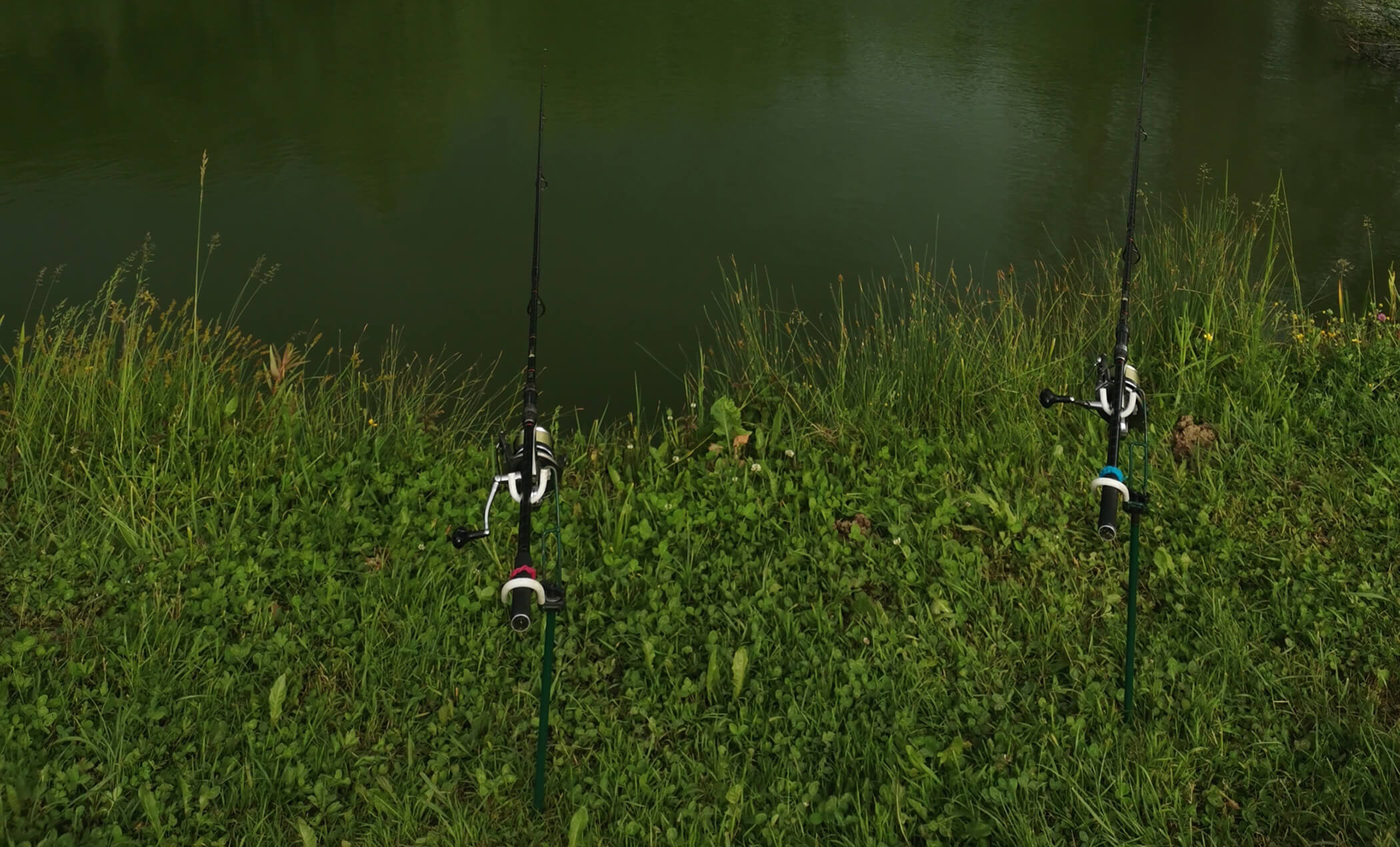
Feeder
This British aristocrat is often confused with a bottom fishing rod, which is quite natural: these tackles are similar both in appearance and in the technique of application. One point must be taken into account: a sports feeder and its amateur version differ significantly. A similar rig is often mounted on it (not always in a sporty humane way), so that the differences between these bottom gear are practically erased.
The feeder is more dynamic and sporty in its essence: the designs of classic feeders do not allow you to “sit up”, because the mixture is washed out of them quite intensively. The fisherman constantly reloads the feed, aims at a certain point and makes aiming casts. The doner “rests” more, so it becomes possible to service a larger number of fishing rods located at a decent distance along the shore. Strictly speaking, the amateur bottom gear of this group does not differ much.
So, let’s go through the elements of the rig:
- Rod . A sports feeder is a high-tech and very expensive tackle with a carbon fiber rod (usually plug). For amateur fishing, they use heavier and lower quality “telescopes” made of fiberglass. But if we take into account that amateurs’ casts are not as frequent as among athletes, especially with alternative multiplier installations, there is no fundamental difference in comfort, and there is a significant gap in terms of money. The build and test are selected depending on the weight of the installation and the size of the intended trophy. The beginner is recommended to stay at the “golden mean”: medium or medium-fast “medium”.
- Reel . On feeder fishing, it is necessary to make long-distance casts quite often, so it is advisable to take a reliable, but lightweight, inertialess machine for 2000-4000. A clutch is required, a freespin reel is desirable.
- Fishing line . By default, the feeder is not “self-catching”: the sliding rig does not allow the fish to self-target, therefore the bite transfer rate is of fundamental importance. Fishing is often carried out with the current, therefore the reduction of windage is of paramount importance. Therefore, most feeders use braided cords, the way they are much more expensive than monofilament, and the rings wear noticeably.
- Feeder . As a rule, cage and method feeders are used, and they are mounted in a sliding way, as a rule, with additional loading. The weight of the loaded feeder depends on the rod test and vice versa. Blind rigging and assemblies with feeders such as springs and plugs bring the feeders closer to carp rods: in fact, only a high-tech form remains of them.
- Hook leashes . When it comes to sports, any installation requires only one leash with a hook. But amateurs use any installations, up to multi-float “combines”. Hook size – 3-6, sharpness is essential.
- Signaling device . The classic of the signaling device is the quivertip (soft top of the blank). Amateur feeders often serve several gears, so keeping track of the quivertips’ behavior is problematic. For example, when biting, hooking and playing large fish, attention is focused on a clear and close target. Therefore, bells, bells and modern sound and light signaling devices are often used.
When choosing the first feeder, you should not rely on sports standards: a professional rod is expensive, and if mishandled, it quickly deteriorates. However, you should not fall into dubious savings either: fishing should be as comfortable as possible.
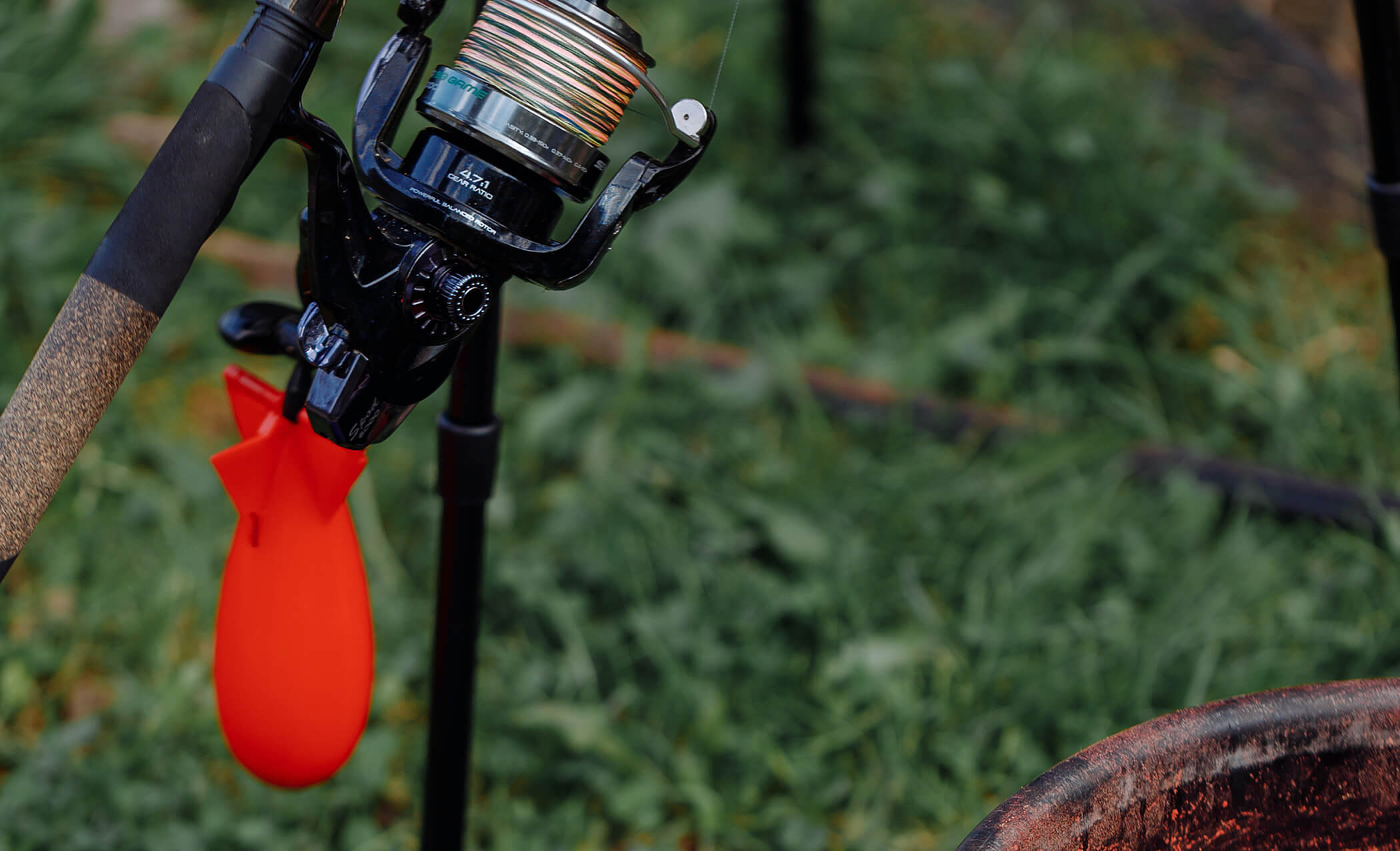
Spinning
Before us is a true record holder in hunting for a predator: pike perch , perch and, of course, the queen of our reservoirs, the toothy pike, are successfully hunted for spinning . Spinning fishing is the most dynamic and “adrenaline” type of fishing that requires at least minimal skill and physical endurance. A certain skill is required at all stages: casting , wiring, playing fish.
A standard spinning tackle consists of:
- Rods . To begin with, you should pay attention to not too long forms (2.5-3.2 m maximum). It should be noted that the longer the rod, the more difficult it is to handle and the higher its price. At first, extra-long casts are unnecessary. The rods are subdivided according to the test depending on the weight of the bait and, accordingly, the size of the intended prey. For a start, it is better to take a light or medium-light rod of medium-fast action: it is quite enough for high-quality transmission of wiring and hunting for a predator weighing up to 5 kg. Heavier and slower blank is the choice for catching trophy specimens.
- Reels . It is better not to save on this element of the equipment: you need to immediately take a good inertialess mechanism, where reliability is combined with ease of construction. “Thousand” reels are put on “ultralights” and “lights”, and for a universal “medium” a spool for 2000-3000 is optimal.
- Fishing lines . Monofilament line has a high elongation and less strength than a braided line of the same diameter. This negatively affects the quality of the animation. In most cases, braids with a diameter of 0.08-0.1 mm are placed on “lights” and “medium-lights”.
- Leash . Some anglers do not put leashes at all, believing that their presence negatively affects the catchability of the tackle. However, in this case, there is every chance to part with an expensive bait forever: even a high-quality braid can easily be snipped by pike teeth. Therefore, metal and kevlar leads are more often used, less often softer fluorocarbon ones (fluorocarbon fishing line is practically invisible in the water, which is especially important when hunting a cautious summer predator).
- Baits . The hobby for spinning fishing is a rather expensive pleasure: it requires expensive artificial baits, and preferably branded, and not Chinese counterfeit. They can be conditionally subdivided into three groups: spinners (oscillating and rotating), wobblers and soft silicone baits (less often foam rubber)… Hard baits (lures and wobblers) are already equipped with hooks (usually double-tees). Soft silicones are used in tandem with heavy jig heads (with hooks) or, with set rigging, with weights and special offset hooks. To begin with, it is better to choose a spinner spinner corresponding to the test form or a few good silicones with jig heads: uniform wiring and jig “steps” are objectively easier than twitching (the most common wiring for a wobbler). Branded baits are very expensive, so in order to save money, you can get by with good copies.
The auxiliary equipment of the spinning player should not be too heavy: during fishing, sometimes tens of kilometers are wound along the shore.
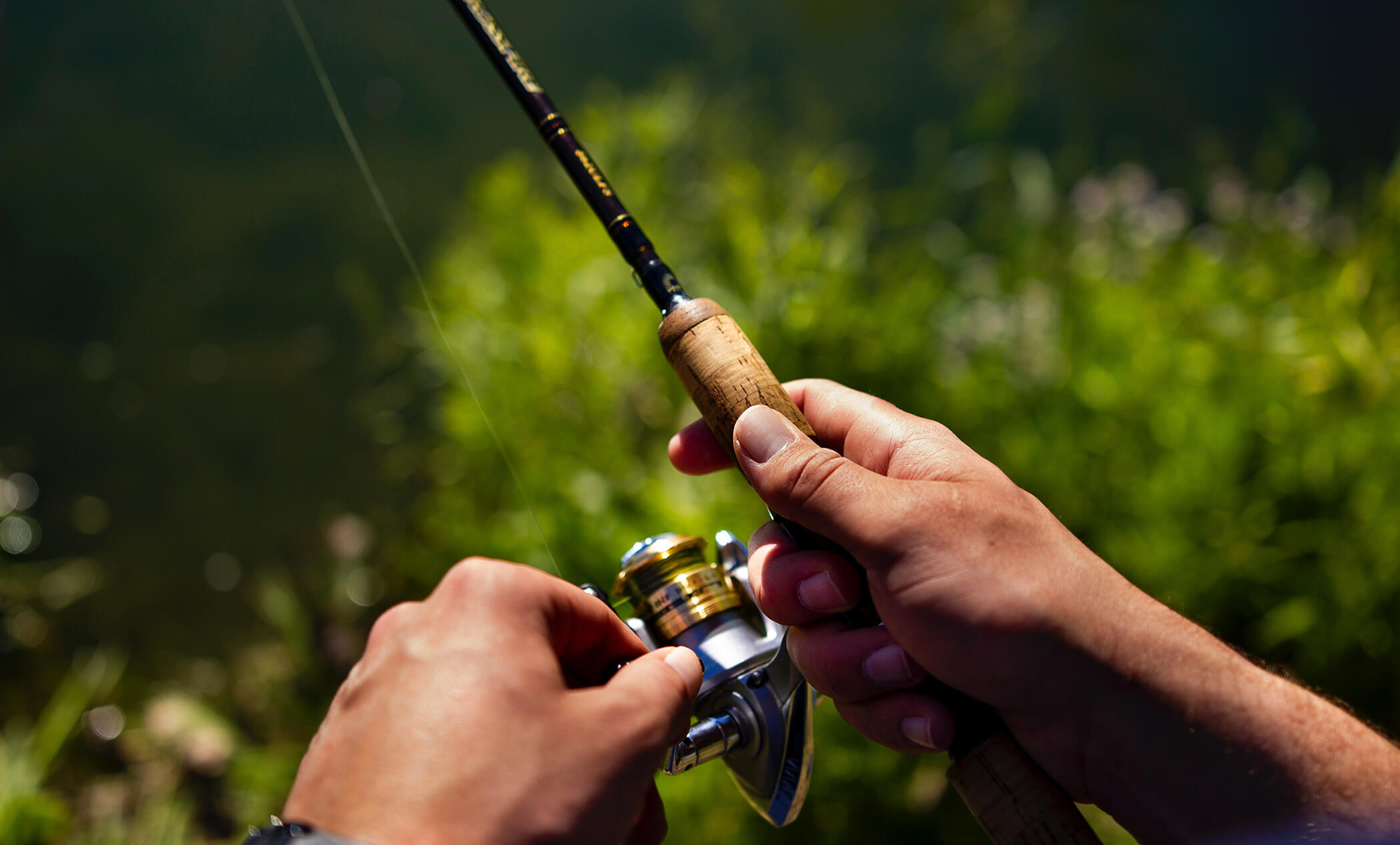
Fly fishing
Before us is an option for true aesthetes, which is definitely not worth mastering “from the start”. Usually, already experienced fishermen come to fly fishing, striving to discover something new and unknown, which is natural: even throwing this tackle correctly without “fishing” yourself and the surrounding bushes is already a huge art. And if you take into account that they fish mainly on the current, and often on narrow channels, with abundantly overgrown banks, one can understand the attitude to fly fishing as a special kind of art.
The fly fishing device also has a lot of features. It consists of:
- Rods . The whip is distinguished by increased flexibility, unlike other types of blanks – you certainly won’t want to call it a “stick”. It has a standard length of 2.7 m and can be designed to be gripped with one or two hands (for a beginner, a two-handed version is preferable). Other priorities for initial selection: cork grip, medium action, grade 5-8 (test).
- Reels . Fly fishing should be as light as possible, otherwise the angler will be “out of order” after a dozen casts. Therefore, on such tackle they put the most lightweight inertial reels of large capacity, containing up to 300 m of heterogeneous fishing line.
- Fishing lines . In this case, each section of the line has its own name, characteristics and purpose. For example, a backing is an ordinary thin braided cord that lengthens the working part – it is needed most of all. This is followed by a very smooth running, which merges into the main line, providing a whip effect when casting. The cord smoothly turns into a monofilament undergrowth, thinning towards the leash. The fluorocarbon leash is optional when hunting very cautious prey.
Artificial imitations of insects are usually used as bait, and sometimes even their natural counterparts. The hook is usually part of the design of the artificial fly and is masked by the plumage. The own weight of the bait is insignificant and clearly insufficient to provide the energy of the flight, therefore the cord itself plays the role of a “weighting agent”.
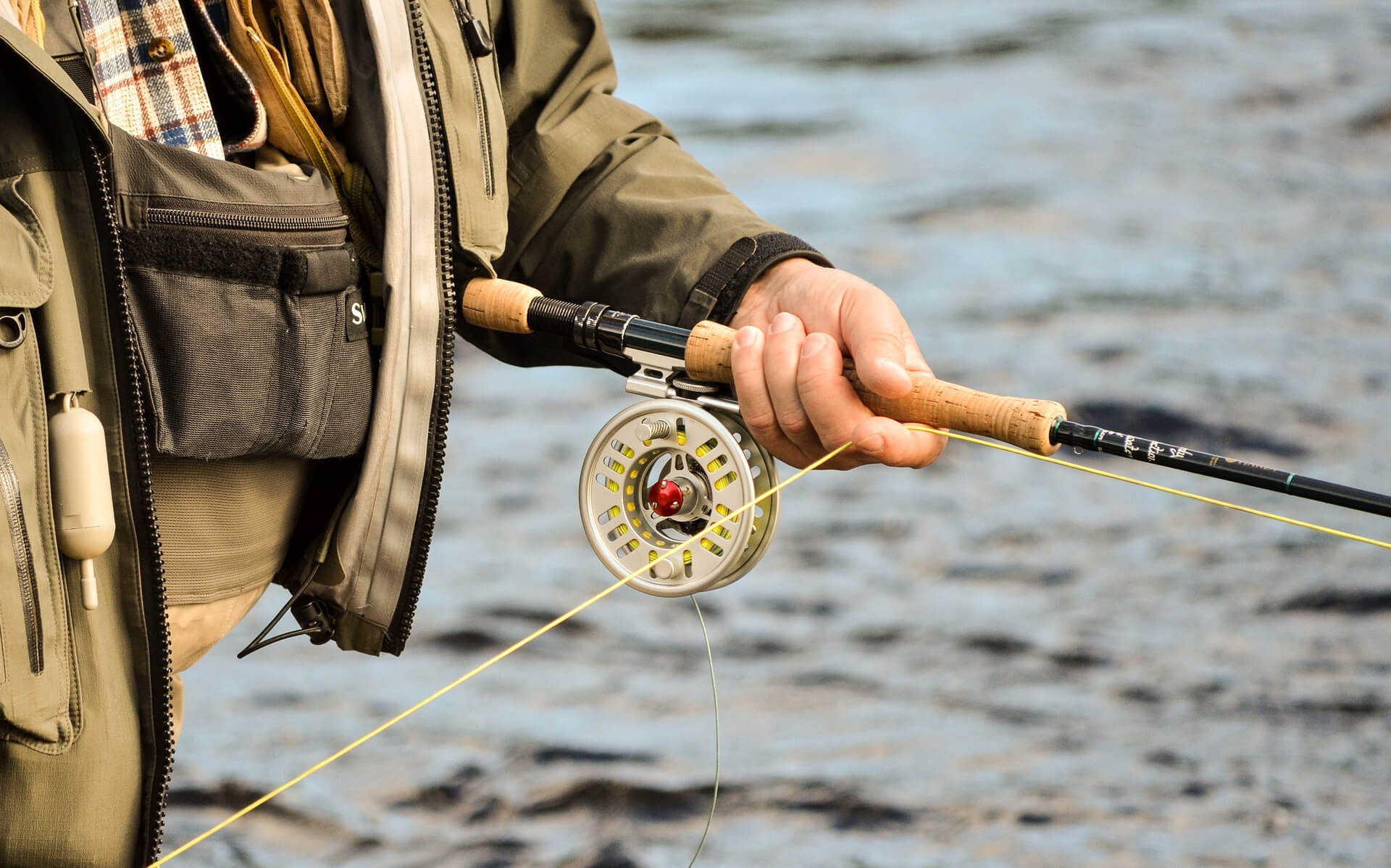
Rigging rod
The board represents a rod tackle for fishing in a plumb line. Already by the name it can be understood that the main purpose of this tackle is fishing from the board of a watercraft, but it can also be successfully used for plumb-line fishing from bridges or cliffs, where the game of the bait is needed vertically.
To mount the sideboard, you will need:
- Rod . The rod consists of a grippy handle and a short length of whip (maximum one meter). It can be either a miniature “telescope” with guiding rings, or a one-piece model without any frills. There are practically no factory boards: they are usually converted from winter fishing rods.
- Reel . An inexpensive inertial reel of small capacity is quite appropriate: it serves only as a storage for the fishing line, practically not participating in casting and wiring. But sometimes small “thousandth” rod are put on the sideboards in order to facilitate the process of playing.
- Fishing line . Braid is used extremely rarely: usually a high-quality monofilament up to 0.2 mm in diameter is sufficient.
- Other accessories . The rig can be very different, depending on the fishing tactics and the bait used. The float equipment is mounted in the same way as in the onshore version. When fishing with a summer jig, a nod is usually used as a signaling device, and when hunting a predator using a vertical spoon or a summer balancer, the tackle is supplemented with a metal or fluorocarbon leash.
Many experienced anglers make do-it-yourself boards from the remnants of old rods.
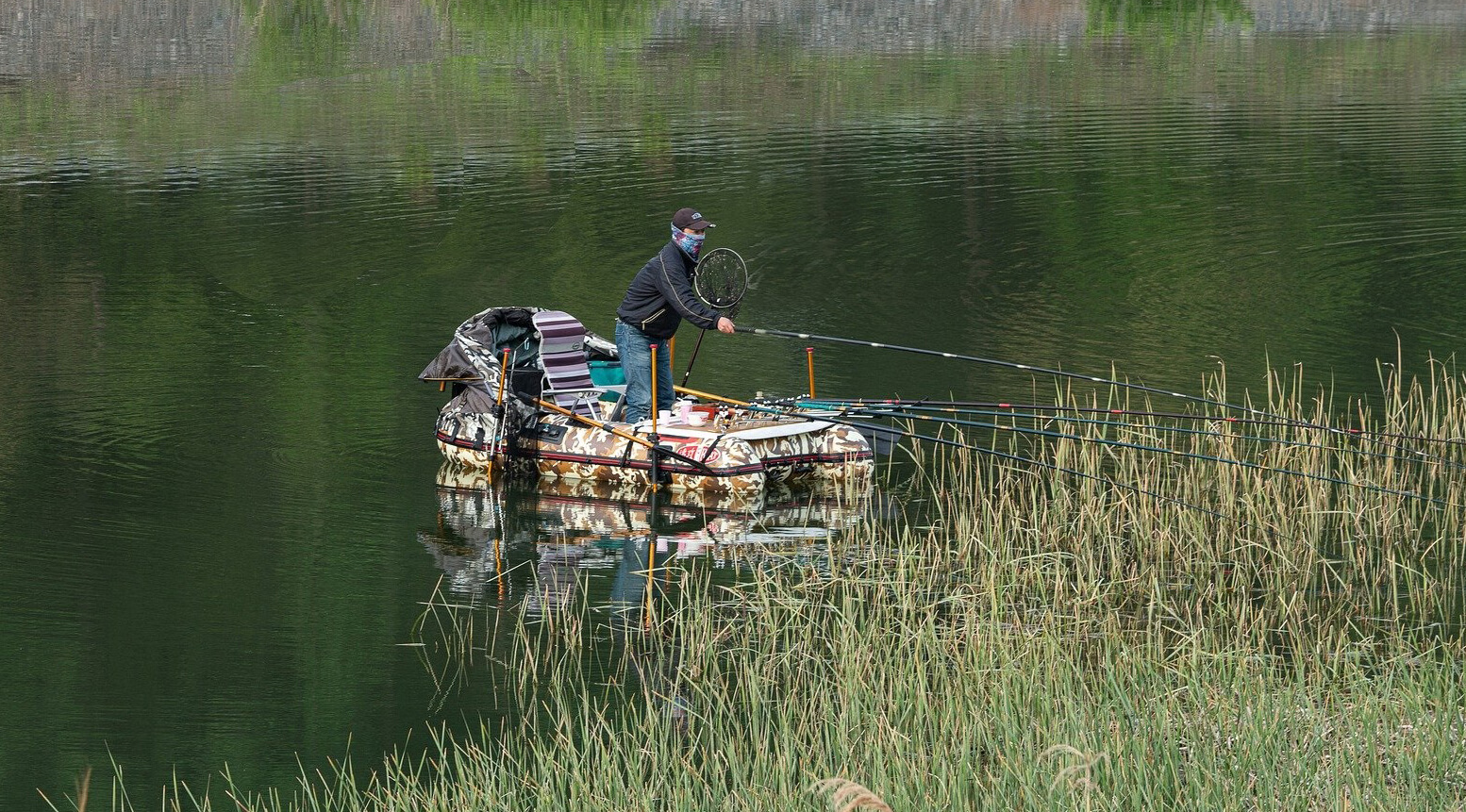
Drift and trolling
Both of these options are closely related to spinning fishing: a purposeful hunt for a predator is carried out using artificial bait (less often – large bait of animal origin in the form of a piece of fish or meat). In both cases, the wiring is carried out by moving the watercraft (oars, downstream, with the help of the engine).
“Path” (or rafting downstream) is a more democratic and affordable option for fishing, since a motorized watercraft is not required here, and the water area is not too extensive. Often, standard spinning rods of the corresponding classes are used with standard rigging and lures suitable for uniform guidance.
Trolling is a more aristocratic and expensive type of fishing in all respects, for which you need not only a motorized watercraft, but also a particularly durable rod with appropriate equipment. Heavy multiplier reels are often used as winches. The form is firmly fixed on board the boat (cutter). Fishing can be carried out both with heavy wobblers and spinners (jigs), and with large pieces of meat or fish. The second option is used mainly for sea fishing, where catching specimens weighing several tens of kilos is an ordinary practice.
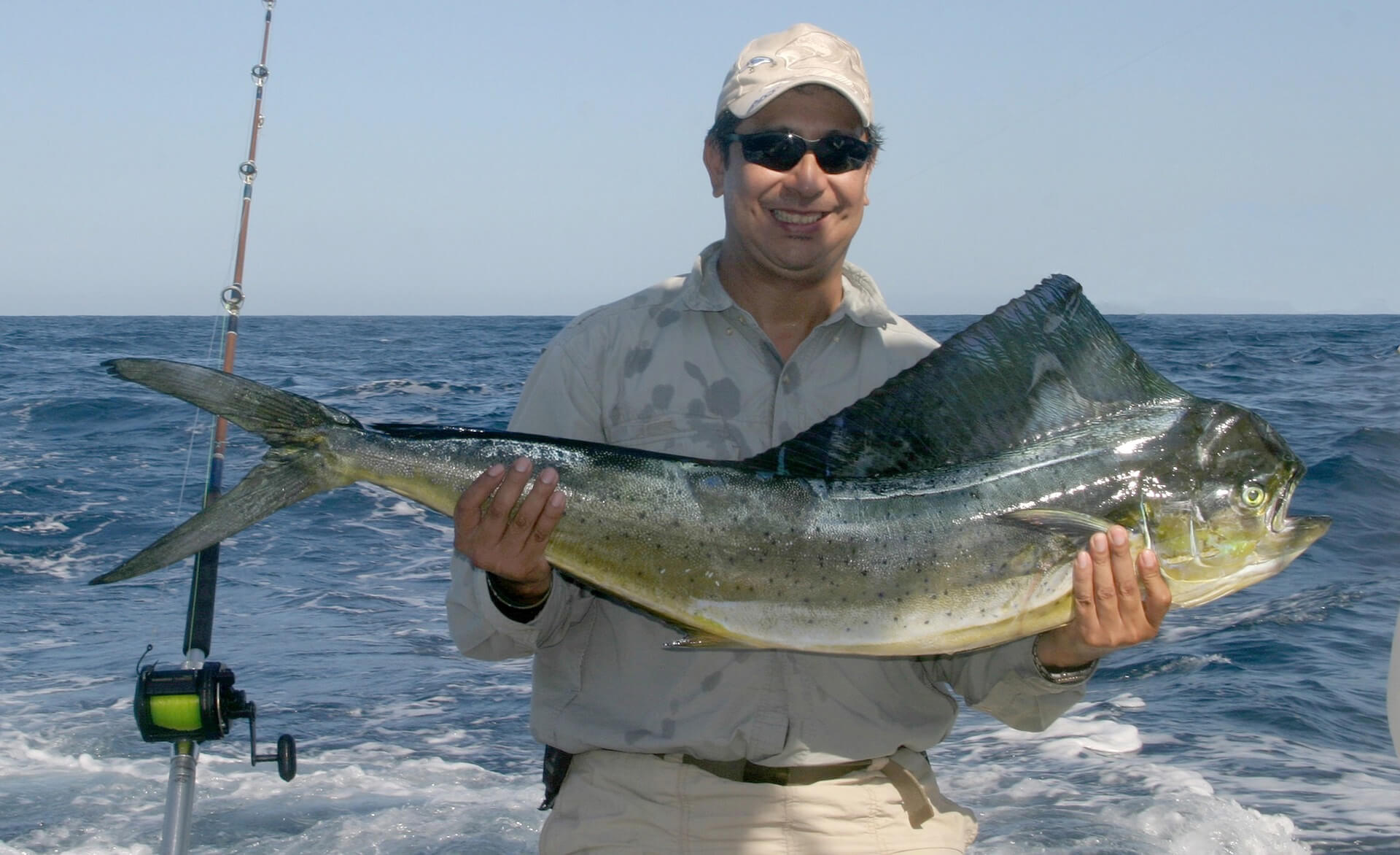
Wild tackle
Rowless tackle can be called the most democratic, because the default blank is the most expensive element for any option. Let’s go through the most common ramless tackle variations and see what it takes to mount them:
- Zakidushka . This is the most primitive self-contained bottom tackle, consisting of a reel (from a plank, a wooden spear or even a plastic bottle), a monofilament line with a diameter of 0.2-0.5 mm fixed on it, an olive load and a leash with a hook (sometimes several) corresponding to the potential mining size. If a pike or other predator is a potential prey, fishing is usually carried out with live bait, the rig is supplemented with a metal leash, a “double” or “tee” hook is used. Casting is carried out from the shore by the pendulum method, the reel is rigidly attached to the shore (on a tree, a peg), when biting, the line falls and unwinds to a certain length, which contributes to self-catching of the fish.
- Elastic band . A modification of the aforementioned classic bottom rod, supplemented by a rubber shock absorber, is more convenient for fishing, but when used downstream requires the use of a boat (for casting and retrieving tackle). Leashes with hooks No. 6-8 (calculation for large prey) are mounted on the main line every half a meter. The rubber band is serviced from the shore: the fishing line with fixed leashes is pulled out and returned to the water with one movement of the hand. In this case, you will need a very heavy load (you can just use a stone).
- Mugs . This tackle is often referred to as a floating girder: a live bait rig is mounted on a flat-shaped float with an “antenna” (that is, the actual circle). When biting, the circle is turned over with the alternatively colored side up, and the angler rushes to it on the boat. The mugs are sold in stores ready-made, you do not need to be smart, and for the rig you need a good monofilament 0.4-0.5 mm, a steel leash, a double or triple hook. When launching circles in trenches, additional weight is needed only to avoid entanglement of the rig (usually a sliding olive weight is hung). But when they are installed permanently, a more solid anchor weight is needed to hold the tackle with live bait in place. For installation, it is extremely important to measure the depth of the reservoir in order to ensure reliable fastening of the tackle in a promising place.
All non-fishing tackles are self-fishing, that is, designed for self-hooking. In the first two cases, it is possible to use bell-type alarms.
What to take with you on your summer fishing trip?
The first fishing trip is always a small holiday: a little exciting, but the mood is high. You need to try to make sure that poor preparation does not reduce the degree of pleasure from the upcoming pastime. Some things are beyond our control (weather, biting intensity), but the angler is solely responsible for the equipment.
The list of fishing accessories depends on several factors, the main ones being:
- Fishing method . The equipment of the spinning player is significantly different from the ammunition of the donor.
- Location and transport . If you have to get to the reservoir by bus or train, your “Wishlist” will have to be limited: a person’s physical capabilities are not unlimited. But if you have a car at your disposal, and you can even drive up almost to the fishing spot, you can not be especially shy.
- Fishing conditions . Here, the intensity of the current, weather conditions , wind strength, and so on are taken into account .
When choosing accompanying equipment, one cannot but take into account its own characteristics. For example, if you know that gnats especially “like” you, you should not neglect the repellent. Do not forget to bring medications as well, if your health condition requires it!
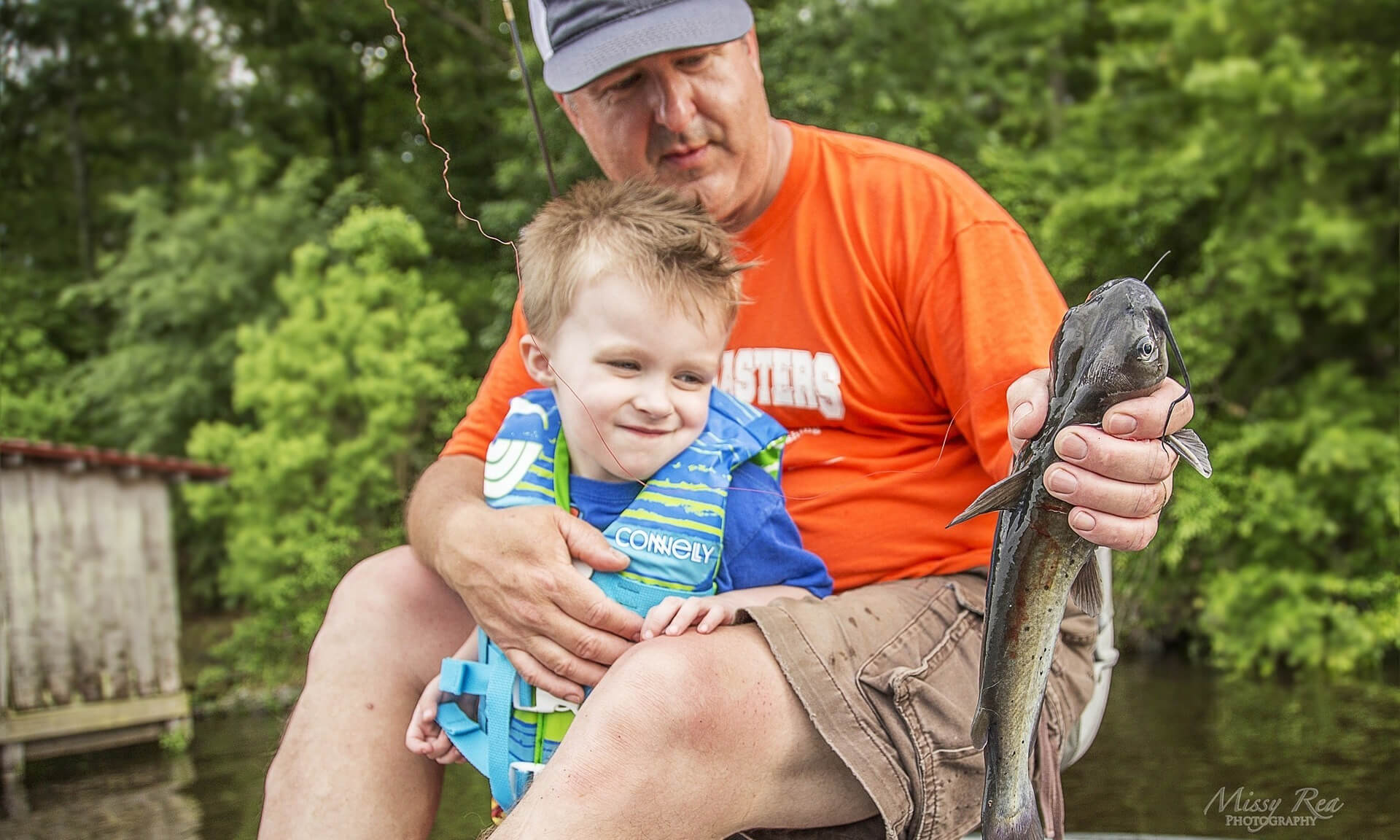
Tackle
We have already figured out the structure of the main gear. It is better to transport them in semi-equipped form in special cases, so as not to expose delicate equipment to risks and not to cling to everything with hooks. Don’t overdo it with quantity: the less experience you have, the fewer rods you can handle. On a good bite, it is difficult to keep track of even two signaling devices.
It should be borne in mind that expectations do not always correspond to reality: a pre- selected promising place may turn out to be empty, and the weather may change within an hour. The risk of losing the rig due to hooks or when playing solid prey cannot be ruled out. This means that you need to take back-up equipment for fishing: floats, sinkers, hooks, ready-made assemblies for change. Some anglers take equipped spare rods from the category of not the most favorite ones with them: in which case, you can replace the tackle that has become temporarily unusable.
Lures and groundbait
Modern fishing is inconceivable without bait : it is almost always provided when fishing for peaceful fish, but the predator is less often used. There are many recipes for bait mixtures that can be prepared at home from commonly available products (semolina, crackers, cereals, cereal grains, and so on).
But many anglers buy ready-made formulations in the form of dry mixes based on fish compound feed, which are brought to the required condition already on the fishing trip. This option is quite justified: sometimes tens of kilograms of bait are consumed per day of the session. When dry, it weighs less and can be stored longer. As the saying goes: just add water (preferably from the same reservoir), if necessary – the same local soil or sand. If you wish, you can take with you special attractants, which give the bait a seductive fragrance for fish.
No seasoned angler goes on a pond with one lure. The floaters take several attachments of vegetable ( pearl barley , wheat , dough, corn, pasta, and so on) and animal origin (mainly worms and all kinds of larvae). Live bait is widely used in passive hunting for a predator, so do not forget to grab at least a piece of canvas or a light float tackle to catch it.
We recommend that beginner spinning players pay special attention to the neat layout of baits in the cells of a special box, it is categorically not recommended to store them in a bunch: silicones are deformed, lure hooks become blunt, wobblers lose the paint layer, and so on. In short, splurge on a special container and keep it in order!
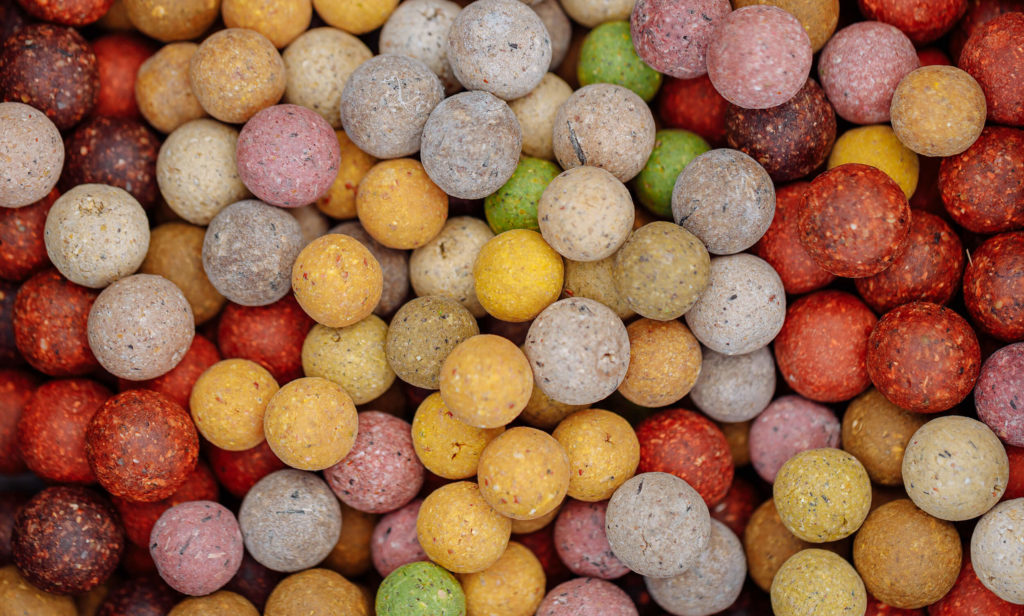
Equipment
Once you have tidied up and prepared the gear for transportation, you can focus on other fishing accessories. You will probably need:
- Rod stands . Even when servicing one rod tackle, you want to give your hands freedom for a while, so the presence of a stand is highly desirable. You can, of course, cut a couple of spears from some bush right on the spot, but it is better to get special stands. To facilitate the maintenance of several tackles, there are special rod-pods that allow you to position the rods in the most convenient position for the angler.
- Sadok . In a bucket, the fish quickly falls asleep, and in a cage placed in a reservoir, it lives for a fairly decent time. There are cages made of metal and polymer mesh of varying degrees of rigidity. The former keep their shape better, the latter take up a minimum of space during transportation. Choose what is more important to you.
- Landing net . A bad fisherman who does not dream of catching a respectable specimen. The landing net should always be available: better let it lie around idle than you will sadly look after a bream, carp or pike leaving with a part of the rig.
- Chair . Here, compactness must go hand in hand with comfort. It is best to buy a special fabric fishing chair-chair with soft armrests and a comfortable back: you will have to sit for at least several hours (unless, of course, you are not a spinning or fly fisherman).
- Backpack . I carry everything with me: the backpack should be roomy enough and have several separate pockets. If you go fishing on your own, everything should fit in there, except for fishing rods, and this is a lot. It is easier for motorists in this respect: you can take only the most necessary things to the reservoir, and leave additional accessories for fishing in the cabin. This is especially important for spinning reels who wind many kilometers along the coast.
- Watercraft . Usually it is an inflatable boat, sometimes with a motor. The boat is especially needed for fishing on vast bodies of water during the daytime in summer, when the fish moves away from the shore to considerable depths. A boat is also needed to service many of the non-fishing tackle, trolling and trail, as well as wiggling the catfish.
- Echo sounder . Determination of depths and study of the bottom relief is the basis for choosing a promising place. Moreover: modern echo sounders are able to determine even the location of the fish! When fishing from the shore, compact wireless models are used, however, they are very expensive.
- Other little things . Among other small things, it is worth mentioning a special extractor (yawner) for extracting hooks (it is especially necessary when catching pike, when there is a risk of being bitten by your own trophy). In its absence, you can get by with a good knife, which is simply irreplaceable on fishing: you can modify the equipment and cut the sausages. A flashlight, insect repellent, rags, a minimum first aid kit, household paper or napkins will come in handy. It’s worth thinking about your own stomach too: find a place for a thermos of tea / coffee and a couple of sandwiches.
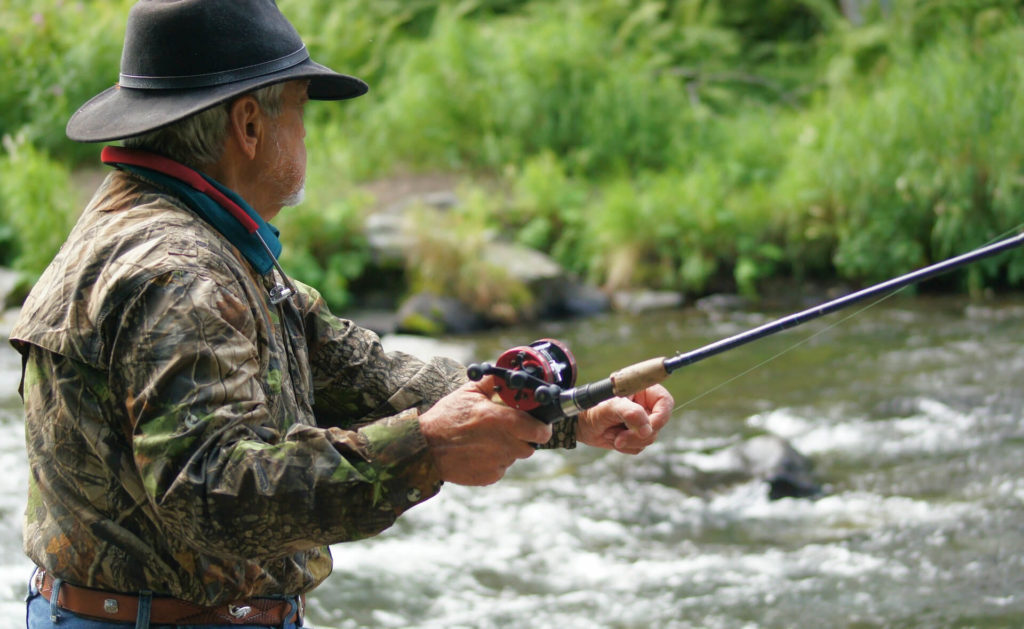
Clothes and footwear
The first principle is your own comfort. Clothing should be sufficiently loose and breathable while providing adequate protection from wind and insect bites. The priority for the bottom layer of clothing is natural cotton, the top is a jacket made of good old thin tarpaulin or modern “membrane”. I would like to warn against outer knitwear: not only all the surrounding branches will cling to the sweater, but also your own hooks, especially with an unused casting technique. Do not forget to take a hat with you – a bandana or an ordinary baseball cap with a visor. Fishing sunglasses will not be superfluous: they will protect your eyes from glare in the water.
The choice of footwear depends on the fishing conditions. I want my feet to be dry, and at the same time, at least some kind of ventilation was provided. If possible, it is better to have two pairs of shoes: wading boots (in most cases you have to enter the water) and something like light sneakers for resting your feet. Socks are definitely cotton, with a minimum percentage of synthetics. In cold weather, it is advisable to wear woolen socks on them.
Winter fishing methods
There are several times less lovers of winter fishing than adherents of open water fishing. However, there are many fans who do not want to part with their favorite hobby for a month: they just change tackle and equipment and go to the first ice. We want to warn beginners against such an extreme: you should go fishing only when the ice cover reaches a thickness of 7-10 cm and acquires a characteristic blue color.
There are several ways to winter fishing using different gear. They can be divided into active and passive. Sometimes fishermen drill only a few holes and fish them in turn (or install girders or stationary fishing rods with nods), and sometimes they tirelessly walk along the ice, storm the cover in the direction of movement and examine the holes for the location of fish with the help of scout lures or echo sounders.
Winter fishing is more costly in all respects: it requires significant financial investments (not so much in tackle, but in accompanying fishing accessories and ammunition), and it takes a lot of its own strength.
Let’s dwell on the most common methods of winter fishing and figure out what needs to be purchased in advance in a specialized store. Or make it with your own hands – it’s as you like!
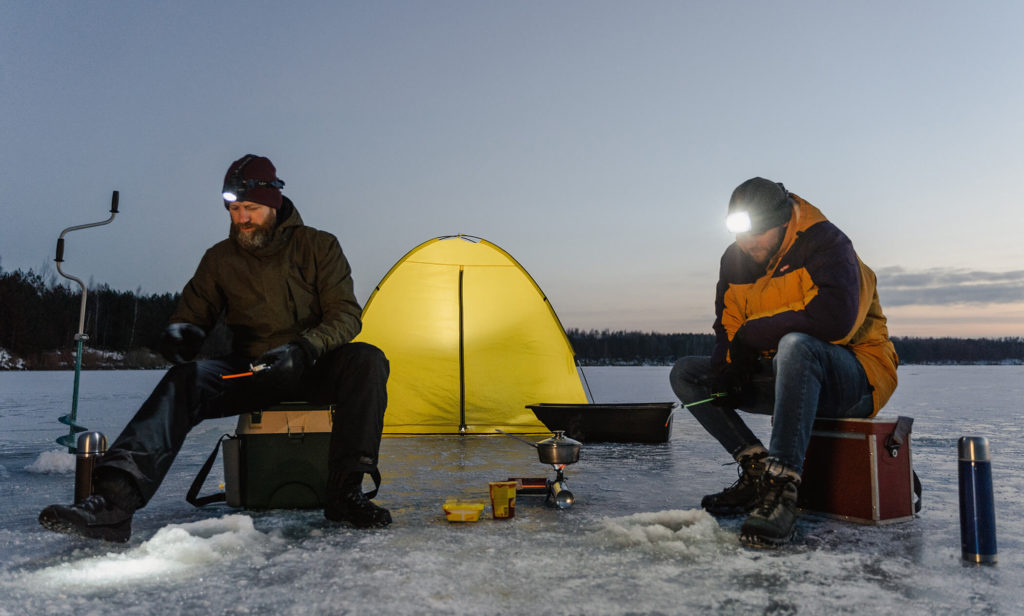
Winter fishing rod
The winter fishing rod is very different from the summer analogue, not only in appearance, but also in the method of application. Let’s deal with the snap elements in more detail:
- Rod . Its main elements are a whip (sometimes with a couple of three pass rings) and a gripping handle. The length of the fishing rod with the handle fluctuates in small intervals and is a maximum of half a meter: in winter there is no need for long casts, since the angler is located directly above the hole.
- Reel . There are models with open and closed reels, exclusively classic, inertial. Often the reel is a single piece with the handle. Some anglers completely abandon it, making a choice in favor of lightening and cheaper tackle (in this case, the fishing line is stored on the reel at the handle). This is how the “filly” known to all winter roads is arranged, which has a stable handle on legs, which simultaneously acts as a stand for stationary use.
- Fishing line . In most cases, an ordinary monofilament thread is used: long distances are not required here, extensibility is not fundamental. Sometimes special winter cords are used, protected from freezing (mainly when hunting large passive fish). The thickness is selected depending on the weight of the intended trophy and ranges from 0.12 to 0.4 mm (monofilament).
- Equipment for stationary fishing . Stationary fishing is carried out when servicing several holes: fishing rods are placed on them on special legs and served in turn. The rig includes a sinker and a hook (usually No. 4-6) with natural bait, or a jig in tandem with a bloodworm, worm or maggot. A nod (flexible whip with a bright tip) is usually used as a signaling device. The float is rarely used – ice quickly freezes on it.
- Equipment for active fishing . In this case, the angler holds the rod in his hands and plays with the bait (more often with a jig or its various modifications). The nod in this case plays the role of not only a signaling device (a good bite can be transmitted to the hand), but also enlivens the game of the bait.
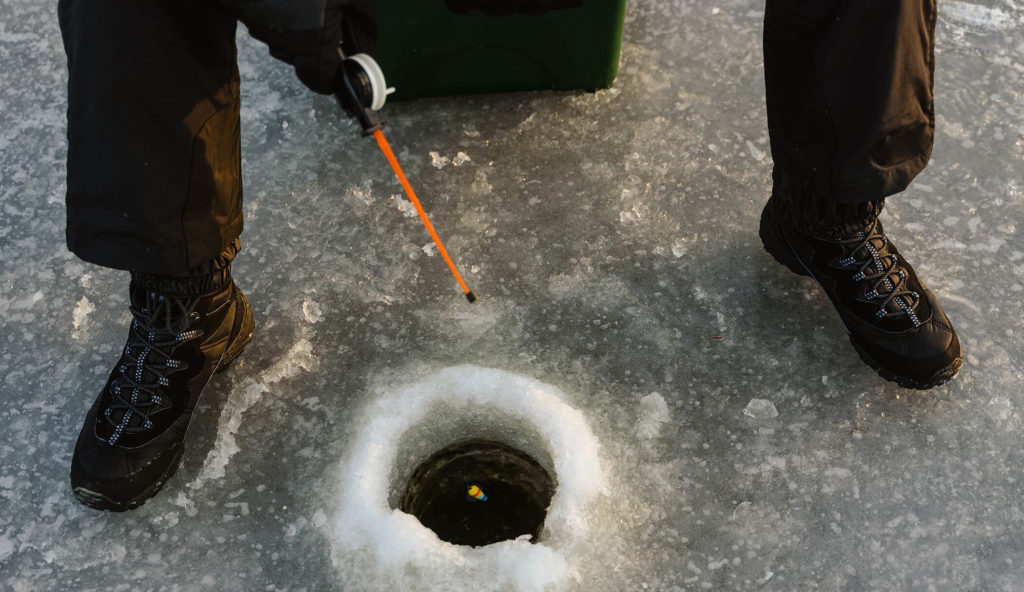
Winter spinning
Classic winter spinning rod for horizontal guidance is used only where there are vast unfrozen water areas. Its design is quite common: the only requirement for the elements is frost resistance. As a fishing line, the aforementioned monofilament is often used.
But there is also a separate class of winter fishing rods designed for catching a predator in a vertical wire from a hole. They represent an intermediate link between the classic spinning rod and the short winter fishing rod. The lightweight carbon rod has a pair of guides and a grip. The reel (classic inertia or light multiplier) is always a separate piece of equipment. Fishing line – monofilament thread 0.3-0.5 mm thick or special winter braid. If we take into account that only a predator is considered as the intended prey, it is desirable to install a leash (steel, kevlar or fluorocarbon twist).
When fishing with a winter vertical lure, a nod is often used: it animates the animation. When using balancers, it is not always necessary: through a carbon rod, the bite immediately hits the hand, it is difficult to miss it, and the animation of this class of bait does not require the obligatory participation of a nod. Usually it is placed only on tackle with ultra-light balancers, on small perch.
Zherlitsa
Winter zherlitsa are the most common tackle for pike fishing on ice. They are installed over the holes and charged with live bait (less often, passive baits of animal origin such as purchased fish are used, for example, tulka). The platform closes the hole, the rig, consisting of a fishing line with a hook equipped with live bait, and a load, is lowered to the fishing horizon. The signaling device in the form of a flag on a flexible flagpole starts up to the coil and shoots up when biting.
Previously, the zherlitsa were exclusively home-made, now they can be purchased in a specialized store, and at a very affordable price. On sale there are sets of a dozen ready-made tackles, compactly packed in special bags: when fishing, you just need to arrange them on the prepared holes and load with live bait. If the zherlitsa is not pre-equipped, you need to buy a monofilament fishing line with a diameter of 0.4-0.5 mm, lead material, sinkers and hooks (doubles or tees).
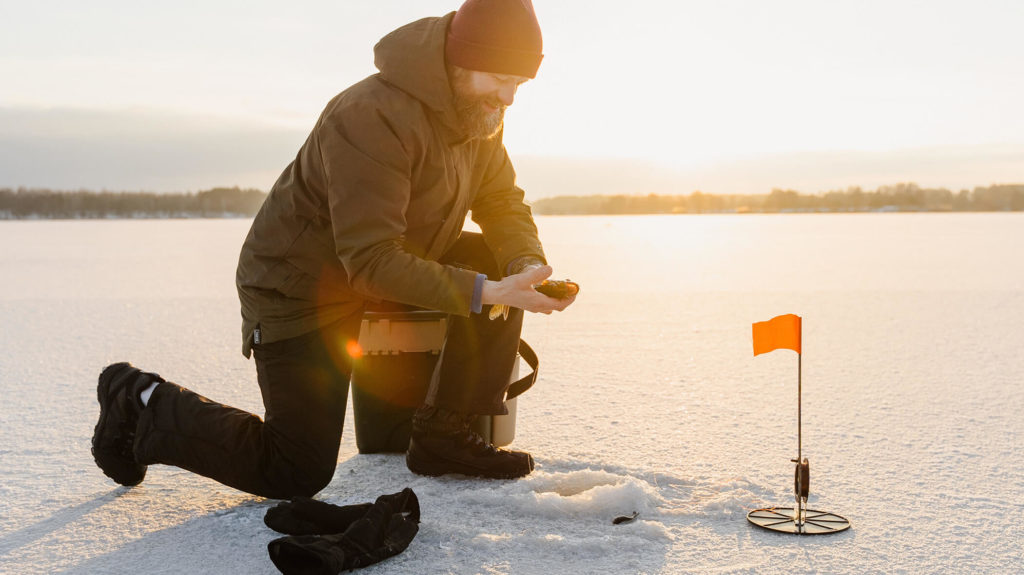
What to take with you on a fishing trip in winter?
Preparation for winter fishing should be very thorough: there is a risk of simply freezing without equipment appropriate for the season. Therefore, get ready for certain financial investments that will more than pay off with the pleasure of a well-spent time and a solid catch. Do not skimp on clothing and shoes – you need special models for fishing, in extreme cases – for winter sports. And if you feel numbness in your limbs – immediately warm up or go home – no catch is worth frostbitten fingers.
All equipment should be properly stored during the off-season. This is especially important for tackle, lures and ice screws, which can become completely unusable during the period of forced downtime. And the purchase of new accessories is very expensive.
Tackle
We have already said about the tackles, it remains only to decide on their number. Winter fishing rods take up little space, so it is worth taking with you one or two equipped fishing rods in excess of the actively used tackle. Back-up items of equipment such as nods, lines and ready-made installations are also needed.
It is better to store and transport all this stuff in a special fishing box, laid out in personal cells under the lid. By the way, you shouldn’t save on the purchase of a box either: you can put related equipment, accessories, caught fish, a small thermos with a couple of sandwiches for yourself in it. What’s more: if you have a sturdy drawer with a comfortable seat, you don’t need a separate chair. This piece of equipment is worth a high-quality performance, but what a comfort on fishing!
Groundbait and bait
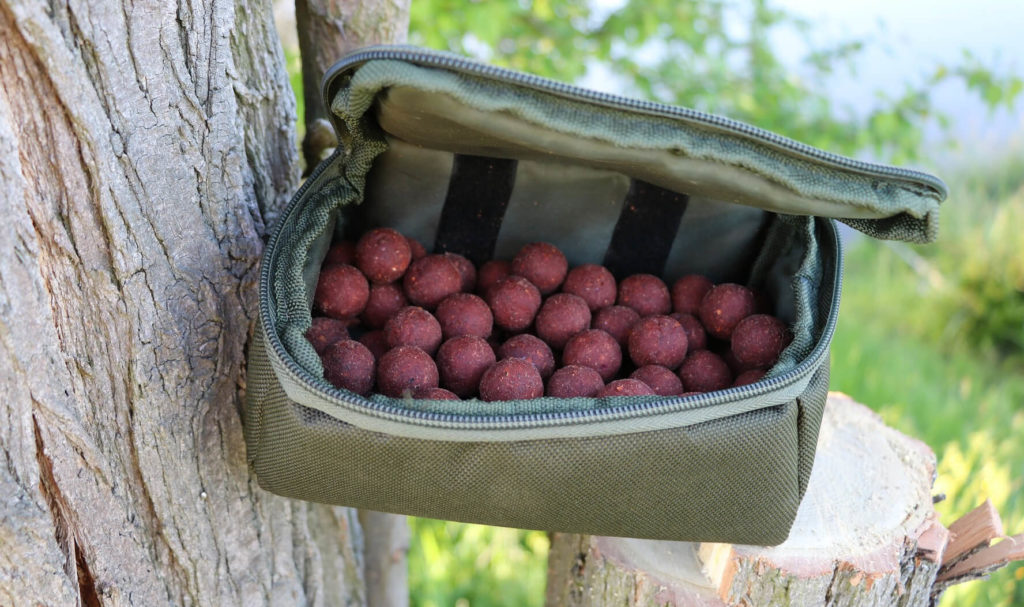
Almost all fish (which did not fall into suspended animation for the whole winter) are switched to food of animal origin. A miniature crustacean, mormysh, becomes the basis of the food supply for peaceful species. It served as a prototype for the emergence of a huge class of active baits – jigs. They can have their own names (“devils”, “witches”, “goats” and so on), differ significantly in shape, color and equipment with hooks.
Some lures of this class require simultaneous use with a bait of animal origin (for example, a bloodworm). “Mouthless” are used for active fishing, jigs with attachments can be installed on legs for passive fishing.
Predator fishing is carried out on balance beams (they are sometimes called vertical wobblers) and special lures for vertical guidance. In all cases, anglers take several lures with them, testing them one by one for catching performance in specific conditions.
For feeding passive fish, mixtures with a large proportion of animal components are used: dry blood or milk, feed bloodworm, maggot, chopped worm, and so on. Complementary feeding is carried out directly at the bottom above the hole using special feeders. They are filled with a loose feed fraction, close, sink to the bottom and open there, releasing feed.
Well tooling
One of the decent items of expenditure is the tools for arranging the fishing site. The main piece of equipment is an ice screw. To begin with, you can limit yourself to a simple manual model of domestic production, costing 50 dollars. But if you want to buy a decent tool that will not create problems in operation and will survive dozens of fishing trips, you need to fork out for a decent Scandinavian model, which will cost five times more.
It is best to take models with spherical knives and an average drilling diameter: such knives work well on any ice, and in a hole with a diameter of 110-130 mm you can successfully fish using any of the above methods. If you do not differ in enviable physical condition, you can purchase a motorcycle or electric drill, but a model with a drive will cost very, very expensive. Alternatively, we recommend integrating an inexpensive hand tool with a screwdriver.
If possible, it is better to take with you a good old paw, that is, a simple crowbar with a handle: it is indispensable for exploring the strength of ice and knocking down ice from old holes. In addition to the entire tool, it is useful to grab a ladle to scoop out the ice fragments.
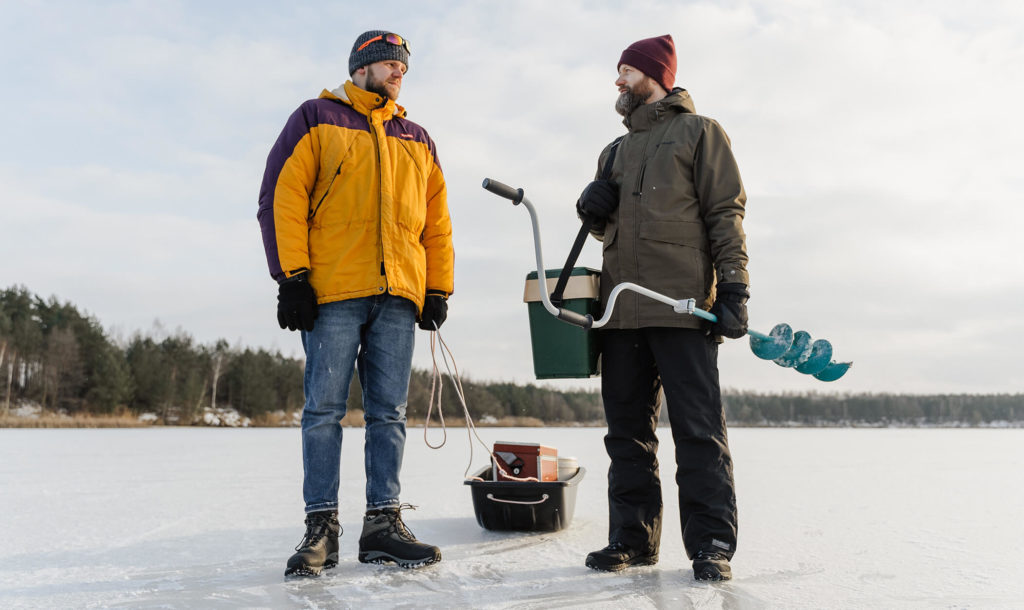
Equipment
Among other equipment, the following components are worth mentioning :
- The hog . In winter, the hog plays the role of a landing net: it is hooked up by the gills and large fish are removed from the hole.
- Extractor . The yawner (extractor) allows you to easily remove the hook from the hard mouth of a predator without the risk of damaging your fingers. An alternative is a knife, gloves, and caution.
- Echo sounder . In this case, the search for fish and the study of the bottom is difficult at times, so modern assistance in the form of echolocation will come in handy. In this case, you can pick up a decent and inexpensive wired model, protected from frost.
- Tent . Protection from piercing winds that roam the ice is especially important during the dead winter. Get at least an inexpensive automatic dome tent: it unfolds instantly, and it’s easy to fold with minimal skill.
- Heater . A heater only makes sense in tandem with a tent. Usually they take gas heaters with cylinders, sometimes complete with stoves for heating food. There are also compact electric models powered by car cigarette lighters.
- Foam mat . The foam polymer touring mat is an excellent thermal insulator, allowing the angler to sit right on the ice, without a chair. It’s good to get a couple of these tent mats.
- Backpack . Everything that does not fit into the fishing box is packed into a backpack. It is rational to opt for a model made of waterproof and easily washable material. Flap pockets are encouraged.
- First aid kit . Be sure to take bandages, cotton wool, peroxide and plasters with you: hand injuries on winter fishing are common for a beginner. And do not forget about medicines in accordance with your own state of health: a long stay in the cold is still extreme.
- Hot drinks and food . A thermos with hot drinks (coffee, cocoa, tea) is a must, plus a couple of sandwiches to maintain energy will also do the trick. Hot broth is an ideal snack. But alcohol is not worth taking: it gives only the illusion of warmth, in fact, contributing to hypothermia due to the subsequent narrowing of blood vessels and loss of sensitivity.
- “Lifeguards”, rope . Lifeguards are a fairly new invention, consisting of two sharp pins with handles. They are connected with a very strong cord that can withstand the weight of a person in wet clothes (length is about 5 m). If the angler falls into the water, he can get out without assistance, sticking the lifeguards into the ice and pulling himself up on them. This device is best hung around the neck: it does not restrict movement and is available at any time. In the absence of lifeguards, take at least a strong rope with you – it will be easier for your fishing colleagues to pull you out if something happens.
- Other little things . Among other little things, it is worth mentioning a flashlight, a knife, rags, cream and hygienic lipstick (yes, otherwise the face and lips will wind up so that the next day you will not recognize yourself in the mirror), napkins and paper for household needs.
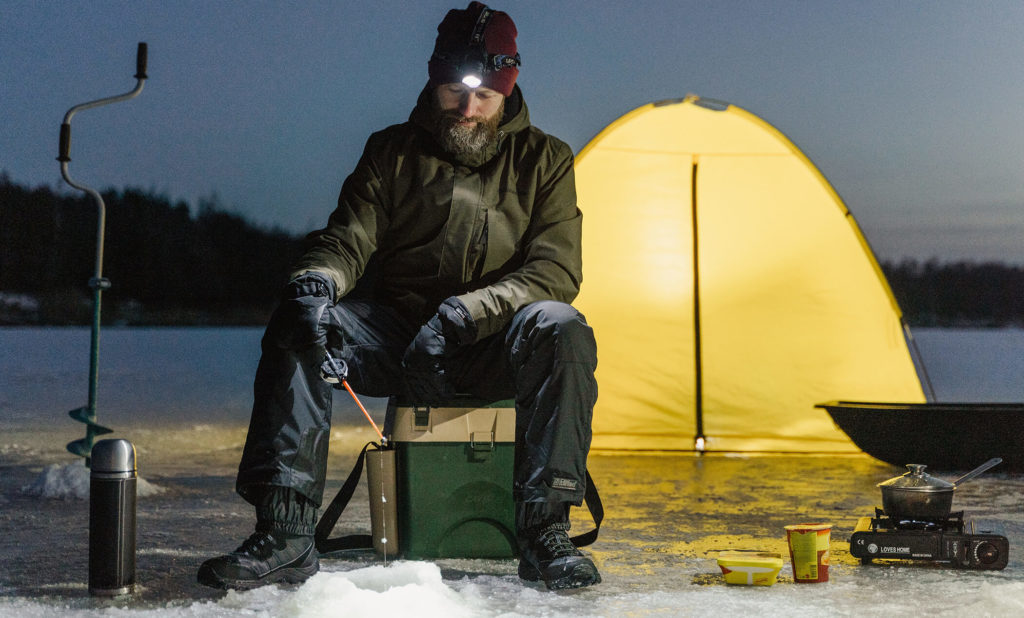
Clothes and footwear
Clothes and footwear must be of high quality, specially tailored for this type of activity, therefore, you should visit a specialized store. Fur hats, sheepskin coats and fur coats, leather gloves and mittens, leather shoes are all good, but winter fishing requires a different “outfit”: multi-layered, free, lightweight, comfortable.
So, we dress:
- Linen . The ideal choice would be a special thermal underwear that maintains body temperature and wicks moisture away. It is put on a naked body!
- Socks . Thermosocks are the best option. You can put on one more woolen pair on them, and in a particularly severe frost, wrap your feet with several layers of newspaper.
- Fleece underwear . This artificial material works perfectly in tandem with cotton thermal underwear. In the absence of a fleece underwear, you can wear a shirt or any sweater, but the desired thermal effect will not be so pronounced.
- Hooded jacket and pants (or jumpsuit) . Ideally, you should purchase a special set of membrane material with high-quality artificial filler such as holofiber or natural down. The first option, oddly enough, is preferable. With a stretch, but a ski kit with a good underwear will do: it is still designed for higher activity.
- Headdress . The best option is a multi-layer earflaps on a fleece lining with a high-quality filler inside. The fur analogue is many times worse: the head sweats in it. You can combine a knitted hat with a hood, but this is not very comfortable.
- Gloves . Here ski gloves are quite suitable. An alternative is knitted gloves, and on top are synthetic mittens with a filler.
- Shoes . If the price of special thermal shoes seems too high to you, you can get by with high-quality foam boots. They also keep warm well, especially in an alliance with thermal insoles.
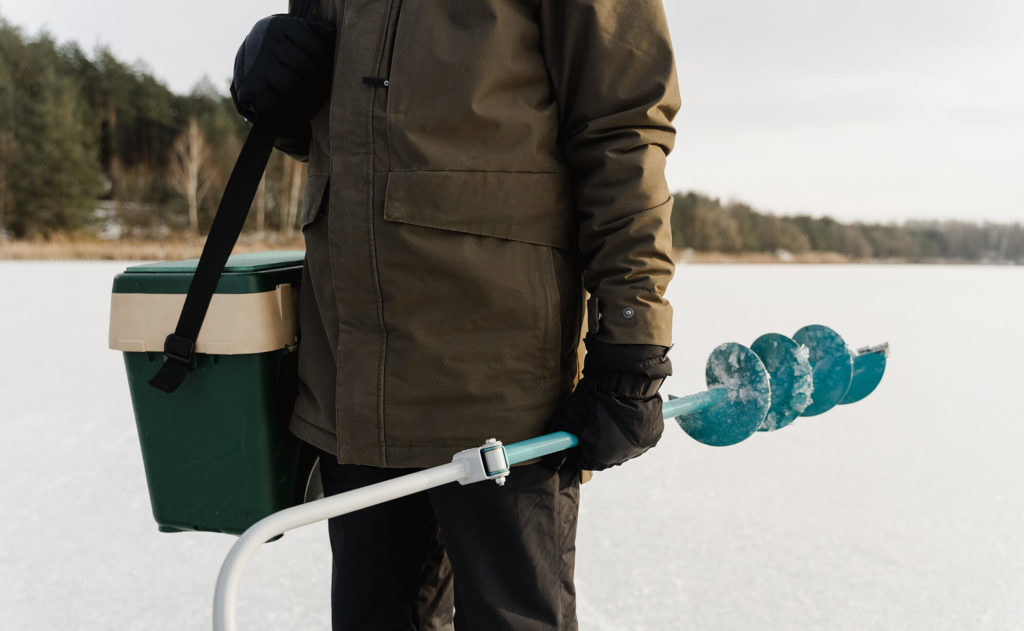
Fishing tips
We conclude our extensive publication traditionally, with a few tips for novice anglers:
- Start simple . The child first begins to crawl, and then only walk and run. Therefore, do not start with twitching or fly fishing: try yourself in float fishing for a start.
- Don’t skimp on what’s important . Fishing for an amateur is a hobby, not a way to get food, so you should make it as comfortable and enjoyable as possible. If you can afford Japanese gear and a Swedish ice ax, why not?
- Observe the measure . It is not necessary to collect a lot of unnecessary things from the “what if it might come in handy” category. Adherents of dynamic fishing methods – spinning and fly fishermen – think over the “baggage” especially carefully.
You can endlessly talk about fishing tackle and equipment, highlighting all the new details and subtleties of choice. But then you can get lost in the abundance of information, so we recommend that you contact our thematic publications for nuances. See you at the pond, colleagues!

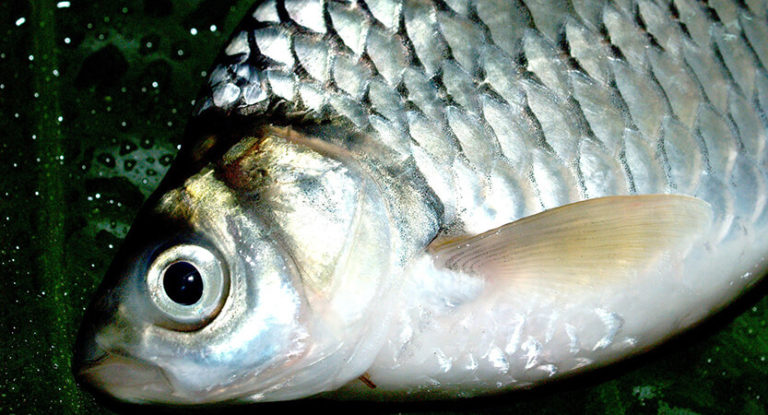
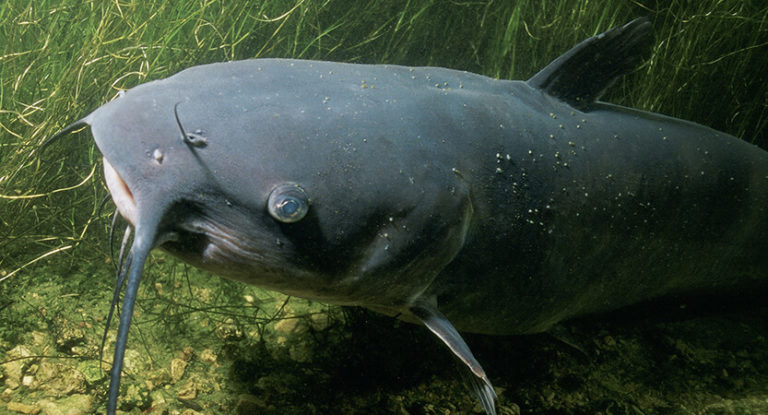
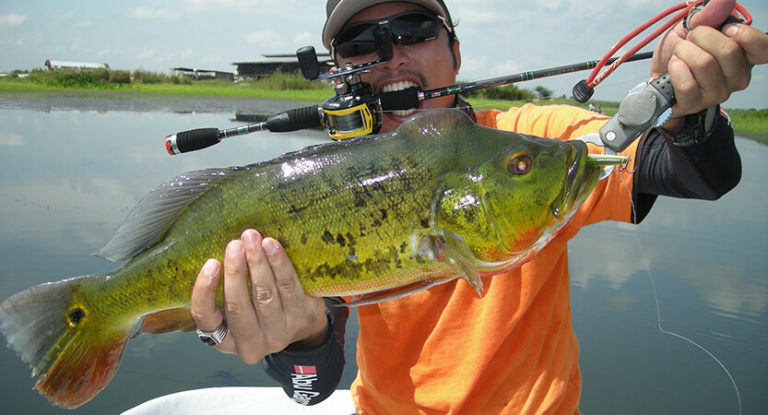
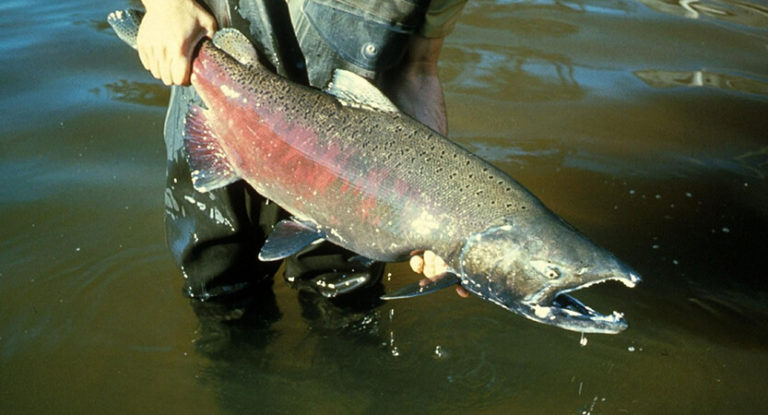
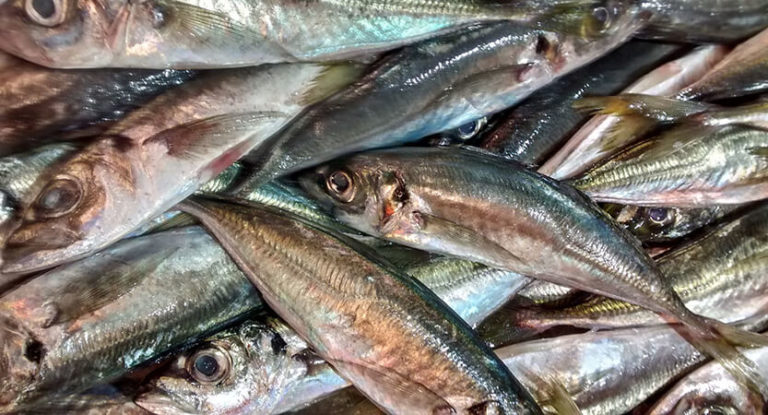
![The 7 Best Spincast Reels of 2023 [Buying Guide] 24 The 7 Best Spincast Reels of 2023 [Buying Guide]](https://trizily.com/wp-content/uploads/2021/12/spincast-reel-768x415.jpg)